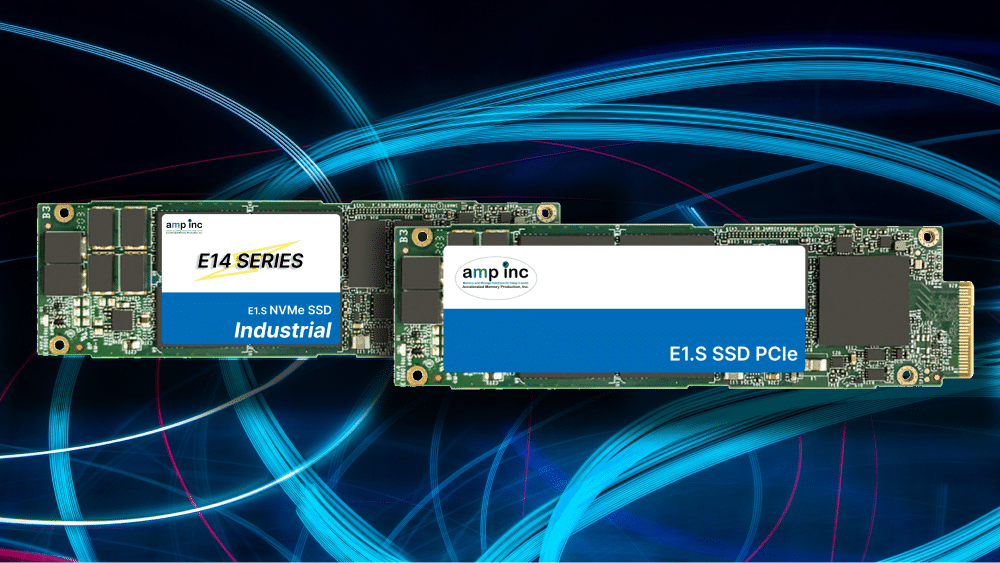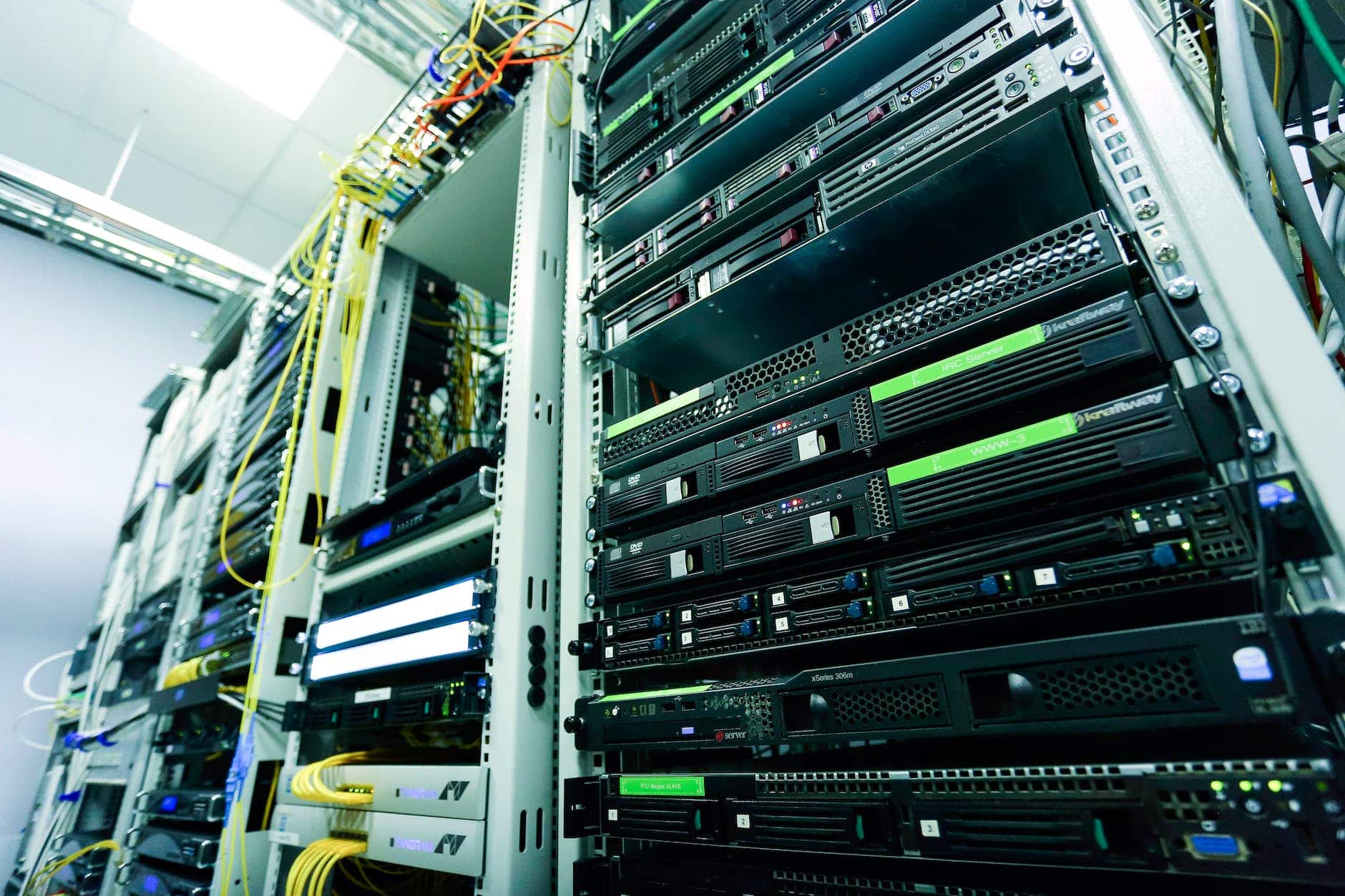Data centers are a vital part of the IT infrastructure for many companies today, but they also require high-performance storage solutions that can scale to meet their needs as their business data grows.
For many years, M.2 and https://ampinc.store/product-category/products/memory-modules/2.5 inch SSD form factors have been used as standard interfaces for solid-state drives (SSDs). However, these two form factors are not ideal for all applications.
In addition, there is an increasing demand for higher capacity, thermal solution, hot-plug support, low power consumption for Enterprise SSDs. To address this need, EDSFF was developed.
EDSFF is an emerging form factor explicitly designed for enterprise class performance with fundamental volumetric for innovation. It is a revolutionary upgrade to the current enterprise solid state drives standards.
What is EDSFF?
The Enterprise & Data Center SSD Form Factor (EDSFF) is a storage form factor designed natively for data center SSDs to enhance performance, scalability, serviceability, thermal, and power management.
EDSFF provides a standard interface for all devices, and it facilitates connecting multiple types of devices in a rack-mounted environment.
The EDSFF family is designed to fulfill the needs of today’s data centers, offering peak performance, power, thermals, and future-proofing compatibility with today’s PCIe 4 and tomorrow’s PCIe Gen 5 and Gen 6. EDSFF helps SSDs to deliver high performance for sequential and random data requests.
EDSFF Variants
EDSFF comes with the three distinct variants E1.S, E1.L, and E3. These variants tackle the restrictions faced by current form factors and give opportunities for various data center needs.
E1.S
The E1.S variant will replace M.2 drives in all data centers.
It is the most conventional of the three new form factors, designed for scalable & flexible performance storage.
The design of the E1.S form factor is to improve capacity in a smaller space and allow administrators to fit more SSDs per rack unit in a space-constrained environment compared with 2.5-inch U.2 SSDs.
The E1.S form factor is built on the low power consumption capabilities of SSDs, and the higher power budget options that can aid improved performance considerations.

E1.S in Stock Now
E1.L
The E1.L form factor is designed for high-capacity storage with effortless serviceability, superior manageability, and optimized thermal characteristics.
The two thickness options of the metal enclosure allow for heat dispersion and require less airflow than its predecessor, thus significantly reducing power costs and low TCO.
Both E1.L and E1.S are likely to become standard in the many data centers. As they both have higher storage capacity, they provide greater energy efficiencies.
E3
The E3 consists of four form factors with length, width, and power variations.
They are optimized for 1U and 2U platforms and dimensionally similar, allowing for high performance and storage with 80W of maximum power delivery.
The E3 form factor is perfect for system designers because of its increased overall system airflow, multiple mechanical sizes, interchangeable form factors, ability to maintain a large number of devices, and improved storage systems performance.
The flexibility of the E3 form factor gives the capacity to optimize around density, host link bandwidth (x16 PCIe 5), system power, or device type.
Final Word
The EDSFF form factors deliver unprecedented performance and reliability for the next-generation enterprise SSD.
The EDSFF form factors provide an opportunity to have better value to the business through reduced operational expenditures while supporting various new devices and applications.
The SSD controller’s ability to provide maximum throughput depends on the physical size of the device. The smaller the drive, the more lanes are available for each channel. In turn, this increases the number of I/Os per second that can be processed by the SSD controller.
The need for high density and capacity storage while effectively breaking down power and thermal barriers means it’s a logical successor to M.2 and 2.5 inch SSD form factors.
A combination of built-in serviceability, multiple PCIe lanes, thermal efficiency, and programmable LEDs makes EDSFF an ideal replacement for existing form factors.





